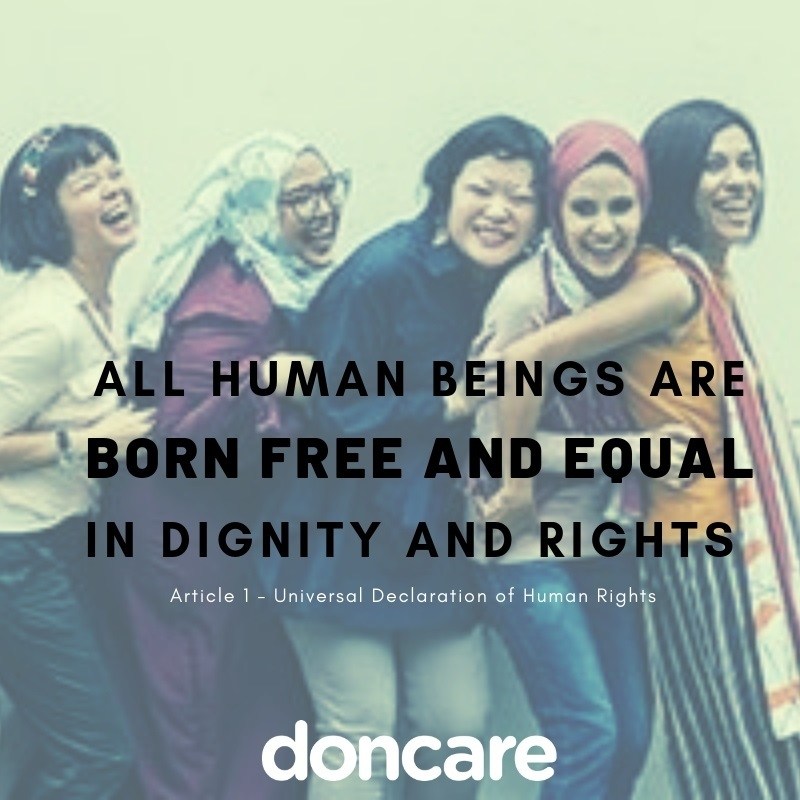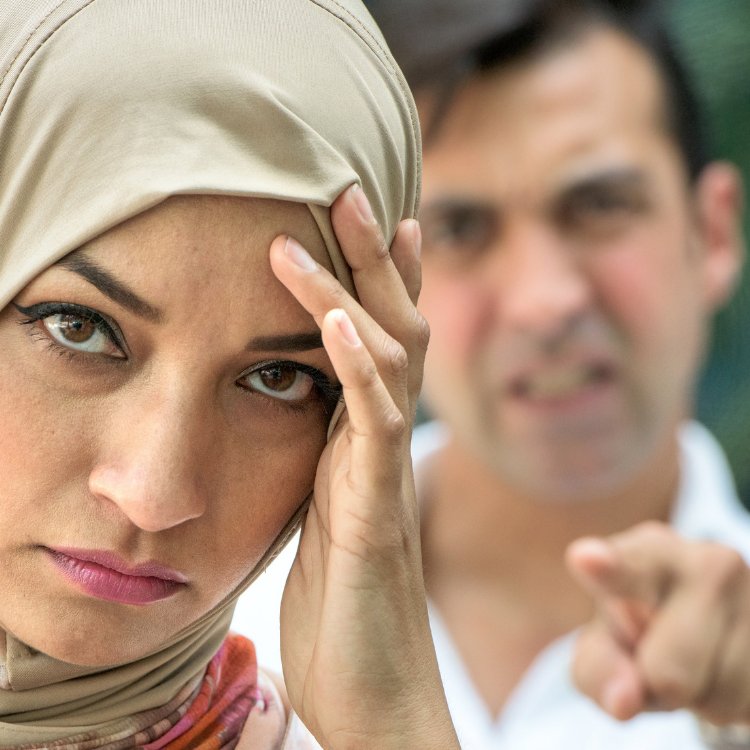What is family violence?
Family violence is a pervasive form of abuse. It is a criminal offence and a breach of human rights. This insidious crime reaches across all communities, cultures, religions, ethnicity, social circles and age groups. It includes elder abuse, intimate partner violence in lesbian, gay or transgendered relationships and against people who are disabled.
Family violence is a complex phenomenon that encompasses a pattern of behaviour whereby a person intentionally and systematically uses violence and abuse to dominate, coerce, intimidate and victimise a person with whom they share or have shared an intimate partner relationship. Family violence is predominantly, but not exclusively, perpetrated by men against women.
Abusive behaviours may be physical, sexual, verbal, social, economic, psychological, emotional, and spiritual. Abusive behaviours can be direct or indirect, actual or threatened. The impacts and cost of family violence have been well documentedand it is the leading contributor to death, disability and ill-health in Australian women aged 15-44.
Family violence refers to abuse that occurs in the context of the family. Family violence is an abuse of the intimate, trusting and safe relationships that the concept "family" represents.
Abusive attitudes and behaviour impact children. Children who witness intimidation learn to intimidate. Kids who are exposed to emotional abuse learn to ridicule, insult and threaten. Violent attitudes lead to a cycle of intergenerational violence.
There is #noExcuseForAbuse and no justification for controlling behaviour.
Where, after all, do universal human rights begin? In small places, close to home -- so close and so small that they cannot be seen on any maps of the world."
Eleanor Roosevelt’s words speak volumes when one considers that men’s violence against women is predominantly perpetrated behind closed doors in the family home.On average three women die each fortnight in Australia. Neutrality condones violence so please play your part to make the community safe for women and girls. #standupspeakout #16daysofactivism #StandUp4HumanRights

Types of abuse:
Economic abuse: A spectrum of abusive behaviours related to a partner or family member’s access to economic resources (including limiting access to finances, access to work etc). This behaviour is intended by an abuser to diminish a victim’s ability to support him/herself and forces him/her to depend on the abuser financially.
Psychological abuse: A broad spectrum of behaviours employed by abusers in order to frighten, belittle, humiliate, unsettle and undermine a victim’s sense of self-worth. This can include verbally denigrating the victim; making threats regarding custody of children as a means to control the victim; blaming the victim for all adverse events; fabricating or exploiting a victim’s mental illness, and deliberately creating dependence.
Intimate Partner Violence: A pattern of behaviour whereby one person intentionally and systematically uses violence and abuse to gain and maintain power over another person with whom they share, or have previously shared, an intimate relationship.
Physical violence: Any assault on the body with or without a weapon, including shaking, slapping, pushing, spitting, punching, strangulation, kicking or pulling hair.
Psychological abuse: A broad spectrum of behaviours employed by abusers in order to frighten, belittle, humiliate, unsettle and undermine a victim’s sense of self-worth. This can include verbally denigrating the victim; making threats regarding custody of children as a means to control the victim; blaming the victim for all adverse events; fabricating or exploiting a victim’s mental illness, and deliberately creating dependence
Sexual abuse: Unwanted or non-consensual sexual behaviours used by an abuser against a victim.
Spiritual abuse: A range of abusive behaviours used by an abuser against a victim under the guise of religion, including harassment or humiliation, which may result in psychological trauma. Behaviours may include an abuser denying a victim’s spiritual or religious beliefs and practices to control and dominate them.
Social abuse: A range of abusive behaviours designed to prevent a person from spending time with family and friends and participating in social activities. Socially abusive behaviours isolate victims, allowing abusers to maintain control over them.
Stalking: A range of tactics whereby an abuser intentionally and persistently pursues a victim to control or intimidate that victim or seek to make the victim fearful. Stalking behaviours can include the abuser following the victim, loitering near the victim’s home or work, and breaking into the victim’s house. Stalking also includes acts of technology-facilitated abuse such as persistent text messaging, maintaining surveillance over the victim’s phone or email; covertly recording the victim’s activities and engaging with the victim on social media/dating sites under a false identity. Stalking can occur both during an intimate relationship and after a relationship has ended.
Verbal abuse: A range of abusive behaviours used by an abuser to belittle or denigrate a victim (see Emotional or psychological abuse).
Source – The Australian Domestic and Family Violence Death Review Network Data Report 2018
Are they date-worthy? Can you tell the difference between protective and charming or controlling and creepy?
It’s important to recognise the warning signs. The relationship might start with expensive dinners and chivalry. You dismiss the first couple of times he goes into a rage because you danced with everyone at the party and not him exclusively. That man clearly has an issue with jealousy. That man gives his wife a dozen red roses on Valentine’s Day every year, but he verbally abuses her every morning in front of their children. That’s called family violence.
Day One "Sunshine" from Guilherme Marcondes on Vimeo.

